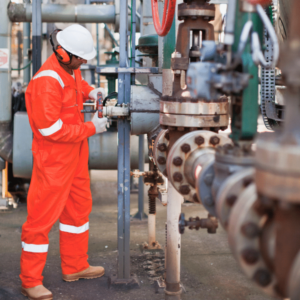Detection solutions are relevant in the context of ILO-declared World Day for Safety and Health at Work
Royston, Barnsley, United Kingdom, 19 April 2022: Against the backdrop of the International Labour Organization (ILO) establishing April 28 as World Day for Safety and Health at Work, the spotlight on providing safe and healthy places to work has become more prominent in recent times, particularly as working practices emerged and evolved rapidly as part of the COVID-19 pandemic, ION Science said through a press release.
World Day for Safety and Health at Work is designed as an initiative aimed at encouraging people and businesses to implement an effective occupational health and safety (OHS) system to reduce risk and improve working conditions for all. As a result, ILO is exploring the topic of participation and social dialogue in creating a positive safety and health culture.

ION Science said it works to protect lives and preserve the environment with gas detection instrumentation, adding that as an OEM, it is involved in the development, manufacture and supply of PID (photoionisation detection) volatile organic compound (VOC) gas detectors.
In industrial facilities, where hazardous substances are part of the daily routine, fixed gas detectors are used to protect employees for site-safety (assets) and the environment, ION Science said, adding that a key part of its portfolio is fixed gas detectors.
Their purpose is to control gas-related risks and provide continuous monitoring for the prevention of explosive gas leaks or overexposure to toxic gases, ION Science said. The right and reliable fixed gas detection system can prevent and limit the impact of a potential gas leak, it added.
According to the company, fixed detectors can be classified and approved for use in ATEX-zoned hazardous areas or what are deemed safe areas. That choice will usually be based on a gas hazard survey and/or a DSEAR report, depending on the site and application, it said. Once a working area has been identified as hazardous, it must be classified into a zone based upon the frequency and persistency of the potentially explosive atmosphere, it said. This will help to determine the controls needed on potential sources of ignition that may be present in the area:
Copyright © 2006-2025 - CPI Industry. All rights reserved.